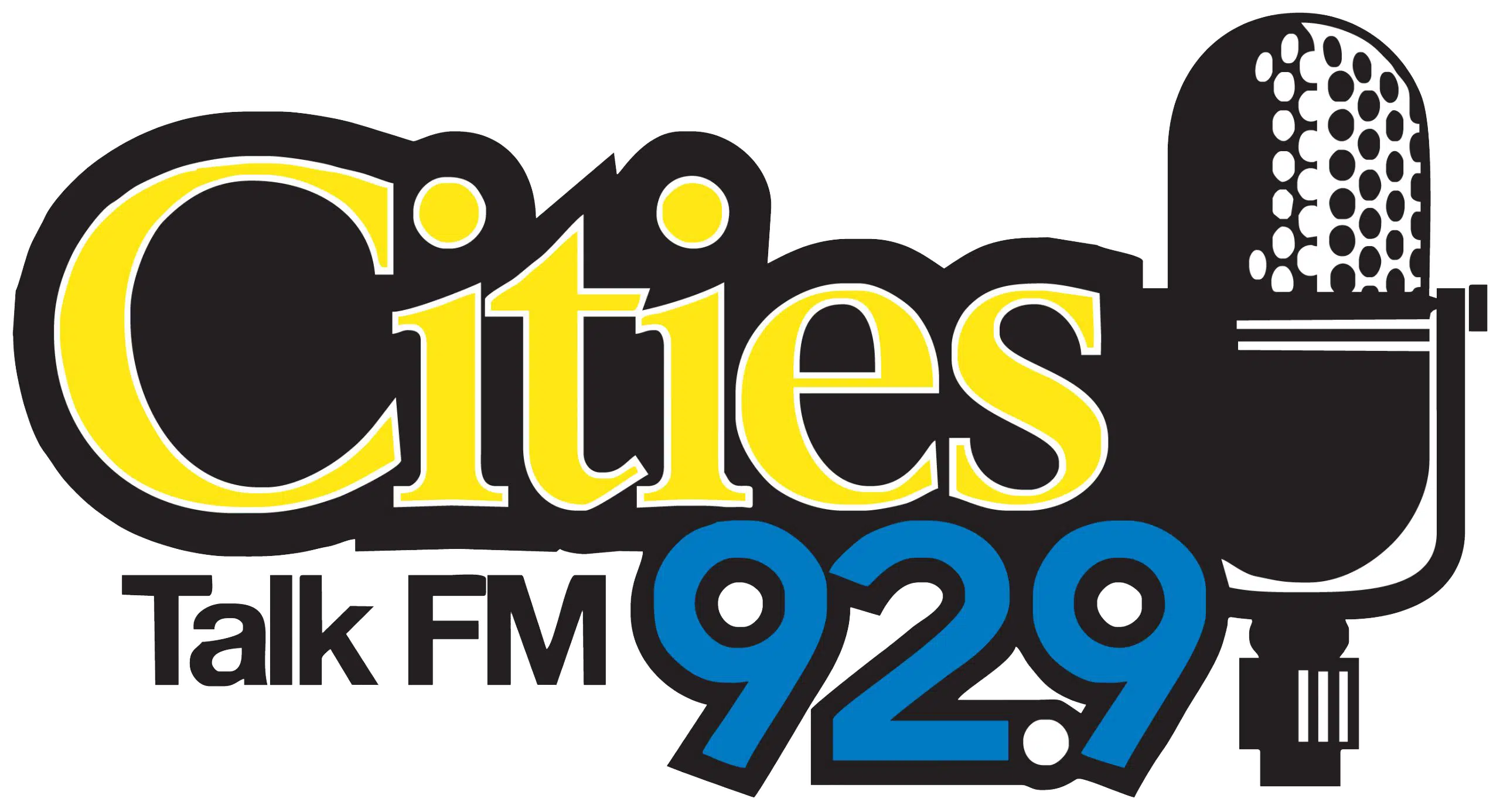The Illinois Broadband Lab is seeking to find out what kind of experiences people are having with internet. The goal is to provide affordable reliable internet service to everyone in the state. As part of the labs effort they hosted a listening session in Normal on Tuesday.
Aron Tesfai, of the lab, describes it as a start up in connection with the University of Illinois and the state. They are focusing on barriers in the community to getting internet. That includes not only providing infrastructure but also making sure people have the skills necessary to navigate the net.
“Right now we are doing a state wide listening tour,” Tesfai said. “We really are just engaging not only with residents and communities but also local organizations and government officials to understand the reality on the ground across Illinois both in the rural and urban areas to see what are some of the varying issues people are experiencing with using the internet to get whatever they need.”
The Bipartisan Infrastructure Law included more funding for broadband then has ever been allocated before. The Broadband Equity, Access and Deployment (BEAD) Program included $42.5 billion. Illinois is expected to receive $1.0 billion from BEAD. Digital Equity Programs are funded at $2.8 billion. This funding will be distributed to states through grants.
The Connect Illinois Program is part of the states Rebuild Illinois Program. It’s goal is to provide all Illinois public K-12 students with broadband. The Illinois Broadband Grant Program is funded at $400 million to expand access statewide. The Illinois Century Network Program has $20 million to repair and expand school networks.
For the purposes of the Illinois Broadband Lab study, McLean County is in what the Illinois Census Office designates as the North Central Region. This region includes Stark, Marshall, Peoria, Woodford, Livingston, Fulton, Tazewell, McLean, Mason and DeWitt counties.
McLean County is actively involved in this effort. Assistant County Administrator Tony Grant was one of the speakers at the listening session.
“What we are attempting to accomplish is to increase the amount of fiber that is in the ground here in McLean County which will increase the speed of internet and what really we are striving to do is get fiber to the farm. And then once you get fiber to the farm, then they can establish the network that gets to the tractor.”
Todays cellular phone internet connection is typically not high speed although it is becoming more appropriate for use in areas with 5G services. So the county’s goal is to get fiber extended closer to rural users.
Fiber is currently in place along interstates and along other main highways. But it hasn’t been extended beyond that in rural areas. So what is missing is what is called the middle miles of fiber. The middle miles are needed to connect the fiber trunk lines to rural users.
In the case of a farmer information could then be transmitted say from the home to any other place or piece of equipment through a private wireless network signal that wouldn’t have to be as strong as a commercial wireless system in that it just has to cover the farm and through that process the speed and reliability of rural internet would be improved.
Locally Grant and others have worked together to form a group that has been named Accelerate Access McLean County.
“Our purpose is we want to ensure that the rural citizens of McLean County have high speed internet access similar to the citizens that live within the Bloomington Normal area,” Grant said. “We know that high speed internet is really something that is a need and it’s not a like anymore.”
McLean County Board member Catherine Metsker represents District 1, which is a rural district covering north McLean County. Metsker pointed out that while internet is available in her district it is slow and unreliable to the extent that in reality her district is unserved.
“Many people do not have quality internet and if it goes down service providers are not keen to be prompt at repairs,” Metsker said. “So if it goes down, if you live in Cropsey (community) the closest town you have is Fairbury. That’s probably 10 or 12 miles. If you’re in Carlock if it goes down you have another 10 or 12 miles to get to some place that might have internet.”
“I have friends that have businesses that they can’t use debit cards or credit cards to run transactions if their internet goes down,” Metsker added.
Metsker also referenced the Olympia School District, the largest in the state geographically located in Stanford, saying they have trouble because they don’t have access to the internet sometimes.
“We should be served as well as municipalities,” Metsker stated.
While federal and state funding is driving the interest in expanding broadband, the Illinois Farm Bureau is part of the equation as well.
McLean County Farm Bureau Assistant Manager Anna Ziegler said, “The Illinois Farm Bureau Policy, which is set by our voting members across the state, is supportive of expansion of broadband across the state into rural areas and reaching farms which is kind of the last of the last mile with broadband internet.”
“That doesn’t necessarily mean fiber,” Ziegler continued. “It could be wireless. There is lots of technology out there. It’s getting the speed that they need to do business on their farm.” “So our policy does support that,” Ziegler said.
“What we are talking about here is opportunities that are becoming available because of the federal infrastructure dollars,” Ziegler emphasized. “So there is a lot of money that is going to be invested and we are participating in this process to try to ensure that agriculture is represented and served by whatever gets implemented.”



















